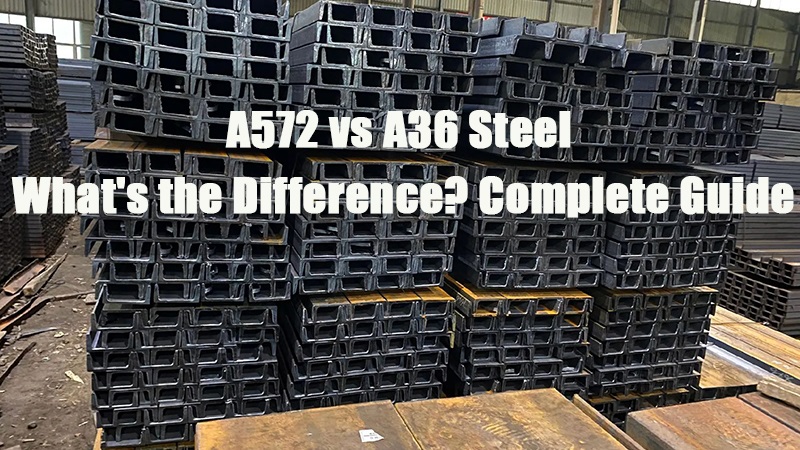
ASTM A36 and ASTM A572 are two widely used structural steels, found in applications ranging from bridges and construction to energy facilities, industrial manufacturing, and road plates. When selecting the right material for a project, understanding the critical differences between these two steels is essential, as it significantly impacts performance, cost, and durability.
1.0A36 vs A572: A Quick Overview
While both ASTM A36 and A572 are classified as low-carbon steels, they differ significantly in strength, composition, and formability:
| Feature | ASTM A36 | ASTM A572 (Grade 50) |
| Type | Carbon Structural Steel | High-Strength Low-Alloy Steel (HSLA) |
| Yield Strength | ≈ 250 MPa (36 ksi) | ≈ 345 MPa (50 ksi) |
| Tensile Strength | 400–550 MPa | 450–620 MPa |
| Cost | Lower | Slightly higher (due to alloying elements) |
| Workability | Excellent | Good |
| Weldability | Excellent | Excellent |
| Applications | General structures, manufacturing | Heavy-load structures, bridges, construction |

1.1Introduction to ASTM A36
ASTM A36 is a low-carbon steel, known for its excellent weldability and ease of fabrication, making it ideal for general structural and manufacturing applications. With a low carbon content (typically no more than 0.26%), it is highly suitable for cutting, welding, and forming operations.
| Advantages | Common Applications |
| Low cost | General structural applications |
| Easy to weld and machine | Light to medium-load framing |
| Widely available | Road plates, equipment bases, and more |
1.2Introduction to ASTM A572 (Focus on Grade 50)
ASTM A572 is a high-strength, low-alloy steel (HSLA) that contains elements like manganese and phosphorus to enhance its strength and durability. Grade 50, one of the most common grades, is widely used in heavy-load structures due to its superior yield strength and excellent weldability.
2.0How to Choose Between A36 and A572
When selecting between A36 and A572, the following factors should be considered:
| Advantages | Common Applications |
| High strength (approximately 1.4 times the yield strength of A36) | High-strength bridge structures |
| Better corrosion resistance | Steel frameworks for high-rise buildings |
| Reduces the amount of steel required, leading to lighter structures | Industrial buildings and heavy equipment support |
2.1Chemical Composition of ASTM A36 Steel
| Alloying Element | Thickness ≤ ¾” | >¾” to 1½” | >1½” to 2½” | >2½” to 4” | >4” |
| Max Carbon | 0.25% | 0.25% | 0.26% | 0.27% | 0.29% |
| Manganese | Not specified | 0.80–1.20% | 0.80–1.20% | 0.85–1.20% | 0.85–1.20% |
| Max Phosphorus | 0.030% | 0.030% | 0.030% | 0.030% | 0.030% |
| Max Sulfur | 0.030% | 0.030% | 0.030% | 0.030% | 0.030% |
| Silicon | ≤ 0.40% | ≤ 0.40% | 0.15–0.40% | 0.15–0.40% | 0.15–0.40% |
| Copper (min) | 0.20% | 0.20% | 0.20% | 0.20% | 0.20% |
2.2Chemical Composition of ASTM A572 Steel
| Grade | 42 | 50 | 55 | 60 | 65 | 65 (Thickness >½” to 1¼”) |
| Max Carbon | 0.21% | 0.23% | 0.25% | 0.26% | 0.26% | 0.23% |
| Max Manganese | 1.35% | 1.35% | 1.35% | 1.35% | 1.35% | 1.65% |
| Max Phosphorus | 0.030% | 0.030% | 0.030% | 0.030% | 0.030% | 0.030% |
| Max Sulfur | 0.030% | 0.030% | 0.030% | 0.030% | 0.030% | 0.030% |
| Silicon | 0.15–0.40% | 0.15–0.40% | 0.15–0.40% | 0.40% | 0.40% | 0.40% |
2.3Mechanical Properties of ASTM A36 and ASTM A572 Steel Plates
| Grade | Yield Point (min) | Tensile Strength |
| A36 | 36,000 psi (250 MPa) | [Data not provided in source] |
| A572-50 | 50,000 psi (345 MPa) | [Typically ~65,000 psi / 450 MPa] |
Note: The tensile strength data for A36 and A572-50 were incomplete in your source. Please let me know if you’d like complete values inserted from standard references (e.g., ASTM or SAE tables).
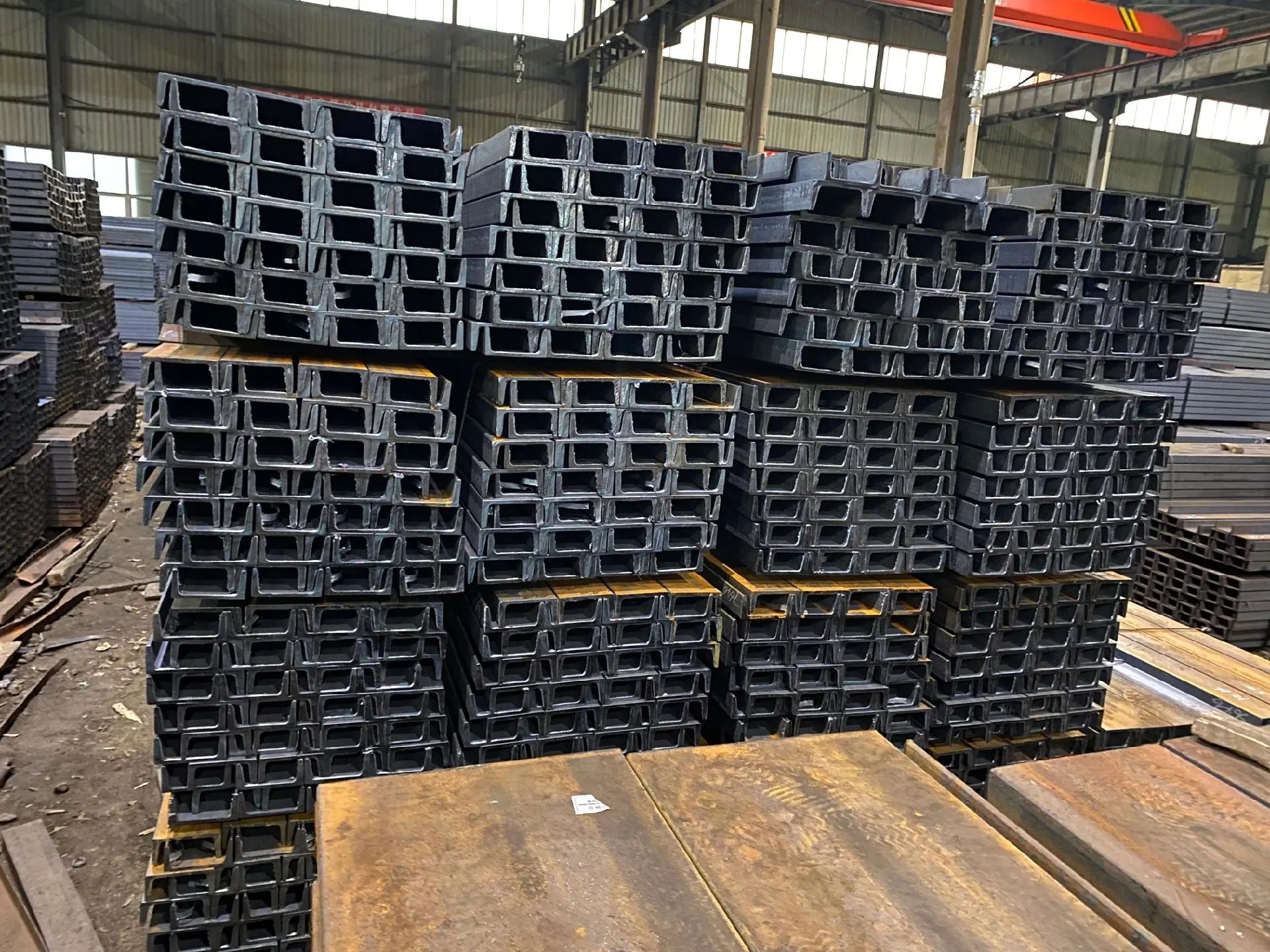
3.0Which Steel is More Suitable for Welding Workbenches? ASTM A36 vs ASTM A572 Grade 50
Selecting the right steel for manufacturing welding workbenches is crucial. Two common options are ASTM A36 and ASTM A572 Grade 50. To help you make a more informed decision, we will systematically compare these two steels in terms of chemical composition and mechanical properties.
3.1Chemical Composition Comparison
Let’s begin by looking at the chemical compositions of these two materials:
| Element | A572 Gr 50 | A36 |
| Carbon (C) | ≤ 0.26% | ≤ 0.26% |
| Manganese (Mn) | ≤ 1.65% | Not specified |
| Phosphorus (P) | ≤ 0.040% | ≤ 0.040% |
| Sulfur (S) | ≤ 0.050% | ≤ 0.050% |
| Silicon (Si) | ≤ 0.40% | ≤ 0.40% |
| Copper (Cu) | – | ≥ 0.20% |
Analysis:
- Carbon content:Both are low-carbon steels (carbon content less than 0.30%), which provide good weldability and formability.
- Manganese addition:A572-50 contains a higher amount of manganese, which improves strength and toughness while offering some corrosion resistance.
- Copper content:A36 contains at least 0.20% copper, which slightly enhances corrosion resistance.
Conclusion: A572-50’s alloy composition is more favorable for enhancing strength and fatigue performance, making it more suitable for heavy-duty and durability-critical structures.
3.2Mechanical Properties Comparison
In workbench applications, the steel needs to have good load-bearing capacity and fatigue resistance. Below are key performance parameters compared:
| Performance Metric | A572 Gr 50 | A36 | Improvement (%) |
| Yield Strength | ≈ 390 MPa | ≈ 290 MPa | +34.5% |
| Tensile Strength | ≈ 500 MPa | ≈ 400–550 MPa | Slightly higher, depending on specification |
| Fatigue Strength | ≈ 280 MPa | ≈ 200 MPa | +40% |
- 56Yield Strength:A572 Gr 50 significantly outperforms A36, making it better suited for high-load workbench structures.
- Fatigue Strength:A572-50 performs better under repetitive loads, making it ideal for long-term use.
- Weldability:Both steels are low-carbon, offering good weldability. However, A36 is easier to weld and machine, especially for complex operations.
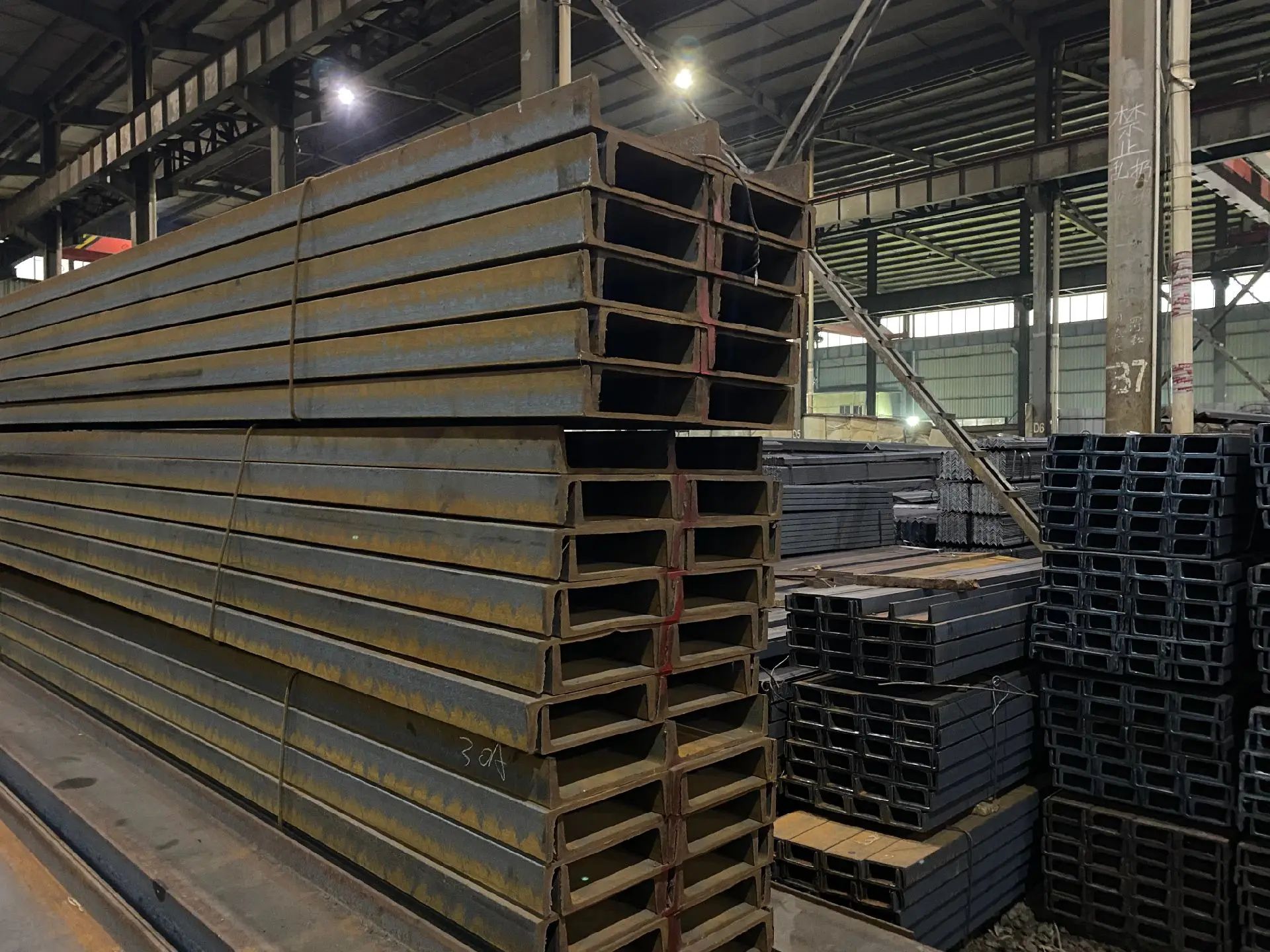
3.3Recommended Materials for Welding Workbenches
A36 vs A572: Choosing Steel for Welding Workbenches
When selecting steel for manufacturing welding workbenches, both A36 and A572 Grade 50 are common choices. We will compare their chemical composition and mechanical properties to help you make a more informed decision.
Chemical Composition Comparison:
| Element | A572 Gr 50 | A36 |
| Carbon (C) | ≤ 0.26% | ≤ 0.26% |
| Manganese (Mn) | ≤ 1.65% | Not specified |
| Phosphorus (P) | ≤ 0.040% | ≤ 0.040% |
| Sulfur (S) | ≤ 0.050% | ≤ 0.050% |
| Silicon (Si) | ≤ 0.40% | ≤ 0.40% |
| Copper (Cu) | – | ≥ 0.20% |
Mechanical Properties Comparison:
| Performance Indicator | A572 Gr 50 | A36 | Improvement |
| Yield Strength | ≈ 390 MPa | ≈ 290 MPa | +34.5% |
| Tensile Strength | ≈ 500 MPa | ≈ 400–550 MPa | Slightly higher |
| Fatigue Strength | ≈ 280 MPa | ≈ 200 MPa | +40% |
Yield Strength: A572 Gr 50 has a significantly higher yield strength than A36, making it more suitable for high-load workbench structures.
Fatigue Strength: A572-50 performs better under repeated loading, making it ideal for long-term use.
Weldability: Both are low-carbon steels with good weldability. However, A36, with its lower alloy content, is relatively easier to weld and process.
Recommended Materials:
| Application Scenario | Recommended Steel | Reason |
| General use, budget-conscious | ASTM A36 | Lower cost, suitable for medium-load applications. |
| Heavy load, frequent impact | ASTM A572 Gr 50 | Higher strength and fatigue resistance, ideal for high-strength and durability requirements. |
3.4Comparison of ASTM A36 (SS400/S275 Structural Carbon Steel) and ASTM A572 HSLA Steel (Including Grade 50)
| Property Type | Specific Property | ASTM A36 | ASTM A572 HSLA |
| Mechanical Properties | Brinell Hardness (HB) | 140 | 140–190 |
| Elastic Modulus (GPa) | 190 | 190 | |
| Elongation at Break (%) | 22 | 18–25 | |
| Fatigue Strength (MPa) | 200 | 240–340 | |
| Poisson’s Ratio | 0.29 | 0.29 | |
| Shear Modulus (GPa) | 73 | 73 | |
| Shear Strength (MPa) | 300 | 300–380 | |
| Ultimate Tensile Strength, UTS (MPa) | 480 | 470–620 | |
| Yield Strength (MPa) | 290 | 330–510 | |
| Thermal Properties | Latent Heat of Fusion (J/g) | 250 | 250 |
| Max Service Temperature (°C) | 400 | 400 | |
| Liquidus Temperature (°C) | 1460 | 1460 | |
| Solidus Temperature (°C) | 1420 | 1420 | |
| Specific Heat Capacity (J/kg·K) | 470 | 470 | |
| Thermal Conductivity (W/m·K) | 50 | 51 | |
| Thermal Expansion Coefficient (µm/m·K) | 11 | 13 | |
| Electrical Properties | Electrical Conductivity (Volumetric % IACS) | 12 | 7.2 |
| Electrical Conductivity (Mass % IACS) | 14 | 8.2–8.3 | |
| Other Properties | Relative Cost (%) | 1.8 | 2.0 |
| Density (g/cm³) | 7.9 | 7.8 |
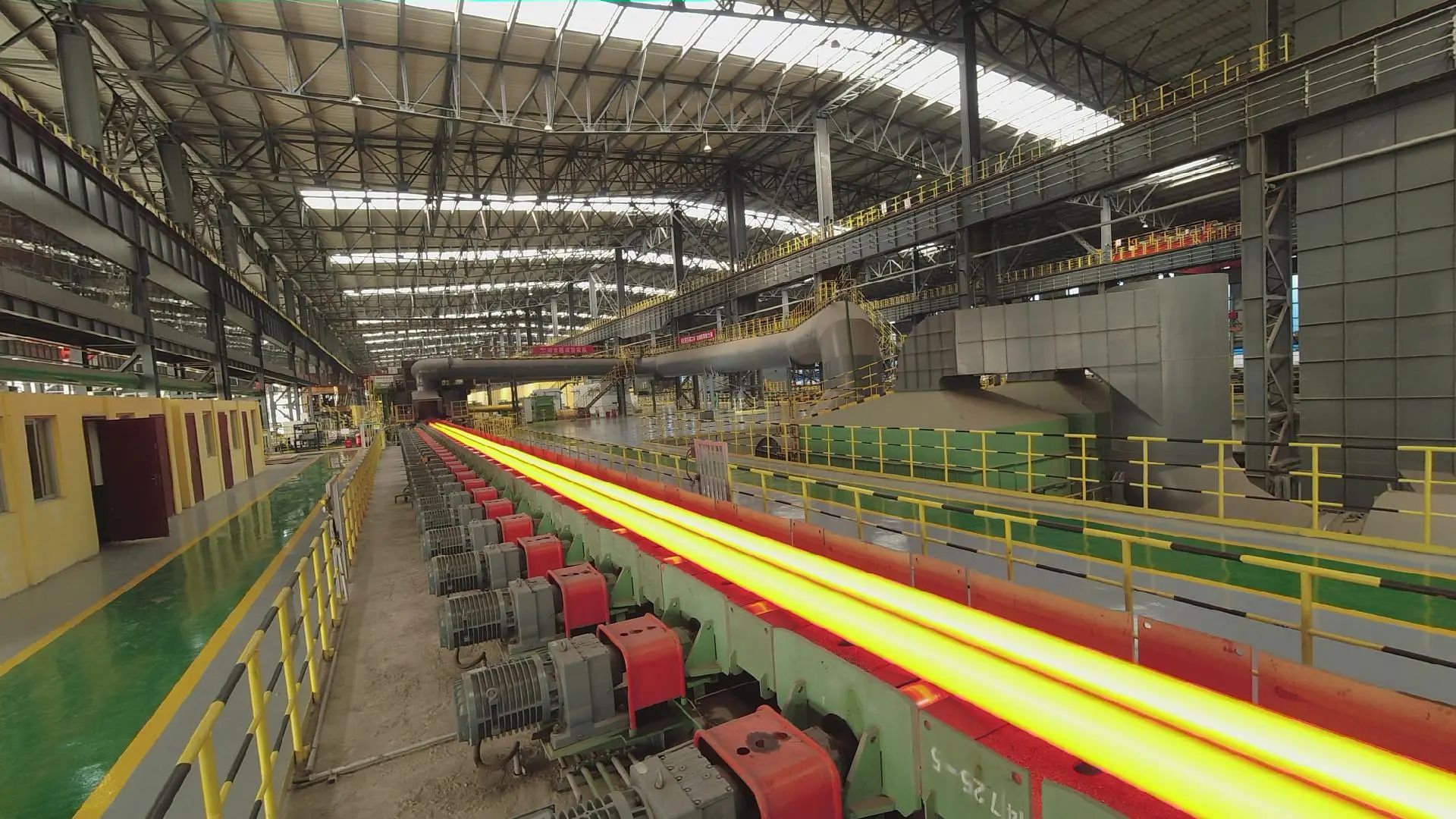
4.0A36 vs A572: Can They Be Interchanged? Cost Differences and Typical Uses
During the engineering design and material selection phase, a common question is: Can ASTM A36 and A572 be interchanged? Although both are low-carbon structural steels, they are not completely interchangeable in terms of performance, alloy composition, application scenarios, and cost.
4.1Can A36 and A572 Be Interchanged?
No, they cannot be simply interchanged.
While both A36 and A572 (especially Grade 50) are commonly used for structural applications (such as bridges and building support members), A572 offers higher strength and wear resistance, making it better suited for high-load structural scenarios, such as transmission towers, large trusses, or heavy-duty industrial frames.
If your application requires high strength and fatigue life, A36 cannot replace A572. On the other hand, if your project demands ease of fabrication and cost control, A36 is a better choice.
4.2Cost Comparison
| Item | A36 | A572-50 |
| Yield Strength | 36,000 PSI (≈ 250 MPa) | 50,000 PSI (≈ 345 MPa) |
| Strength Source | Carbon + Manganese | Carbon + Manganese + Nb/V and other strengthening alloys |
| Unit Price Difference | – | 2.5%–5% higher |
Conclusion: A572-50 costs slightly more due to alloying elements and strength improvements. However, in high-strength applications, it can reduce the amount of steel used, offering material savings and performance advantages in the overall structure.
4.3Common Uses Comparison
✅ Common Uses for A36 (easy to process, cost-sensitive scenarios):
- Welding workbenches, fixture bases
- General manufacturing structural components (cutting, bending, etc.)
- Light-load frames, fences, brackets, etc.
- Products requiring longer processing times
✅ Common Uses for A572 Gr 50 (high-strength load-bearing scenarios):
- Transmission towers, bridge components
- High-stress building frameworks
- Designs that optimize component sections and reduce weight
- Heavy machinery frames
4.4Material Usage Recommendations
| Comparison Dimension | A36 Advantages | A572 Advantages |
| Weldability | Better, suitable for precise welding and high-weld standard projects | Slightly lower, due to alloying elements slightly complicating welding |
| Workability | Excellent, suitable for milling, drilling, forming, etc. | Good, but harder, slightly increases machining difficulty |
| Cost Control | Lower cost, ideal for low-strength batch products | Initial cost slightly higher, but reduces material usage |
| Strength & Durability | Suitable for general structural needs | Ideal for heavy-duty and fatigue-life critical projects |
4.5Conclusion: How to Choose?
If your project focuses on weldability, formability, processing efficiency, and budget control, ASTM A36 is the better choice.
If your project requires high structural strength, durability, and optimized component weight, especially in high-load environments, ASTM A572 Grade 50 is the more suitable option.
| Carbon Footprint (kg CO₂/kg) | 1.4 | 1.6 | |
| Embodied Energy (MJ/kg) | 18 | 22 | |
| Water Usage (L/kg) | 44 | 47 | |
| Performance Metrics | Specific Fracture Energy (MJ/m³) | 92 | 100–110 |
| Toughness Modulus (kJ/m³) | 220 | 290–690 | |
| Axial Strength Score (points) | 13 | 13 | |
| Flexural Strength Score (points) | 24 | 24 | |
| Strength Index: Axial/Flexural | 17 / 17 | 17–22 / 17–21 | |
| Thermal Diffusivity (mm²/s) | 14 | 14 | |
| Thermal Shock Resistance Rating (points) | 16 | 14–18 |
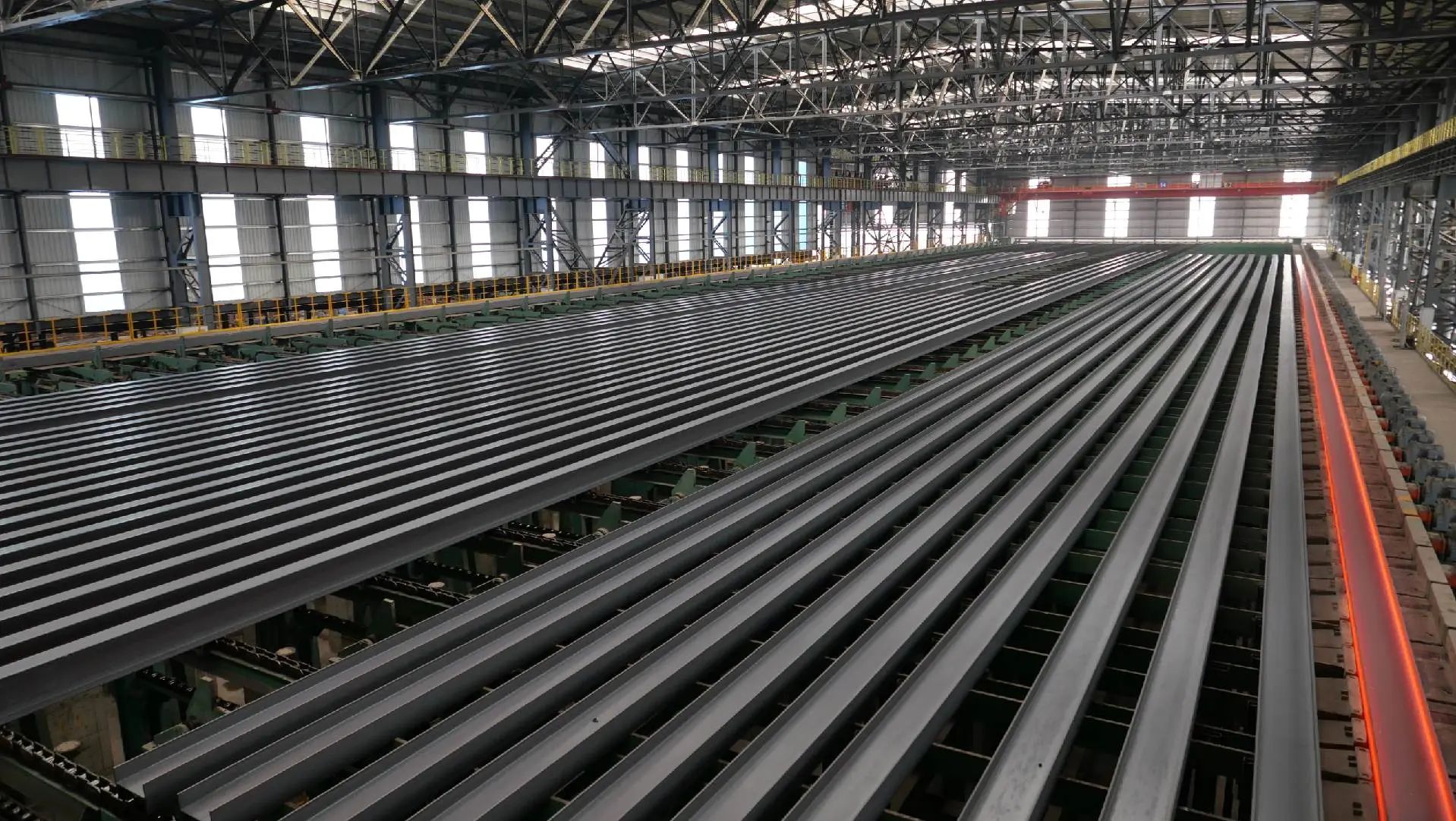
5.0A36 vs A572: Choosing the Right Steel for Metalworking Equipment
A36 Steel: Ideal for light-duty equipment like Plate Rolling Machines, Press Brake Machines, offering excellent weldability, ease of machining, and cost-efficiency for moderate loads.
A572 Grade 50 Steel: Best for heavy-duty equipment like Tube Laser Cutting Machines and Decoiler Machines. Provides higher strength, superior fatigue resistance, and durability for demanding applications.
Key Considerations:
- Load Requirements: A36 is suitable for light-duty equipment, while A572 is better for heavy-duty equipment with high load and durability needs.
- Workability: A36 is easier to machine, making it perfect for base plates and frames of Plate Rolling Machines and Press Brake Machines, while A572 requires more precision for heavy-duty equipment.
- Cost Consideration: A36 is more cost-effective for light-duty machines, while A572, though more expensive, offers long-term savings due to its superior strength and reduced material usage.
Reference:
https://en.wikipedia.org/wiki/Carbon_steel
www.bushwickmetals.com/a572-vs-a36-grade-comparison-and-uses/


